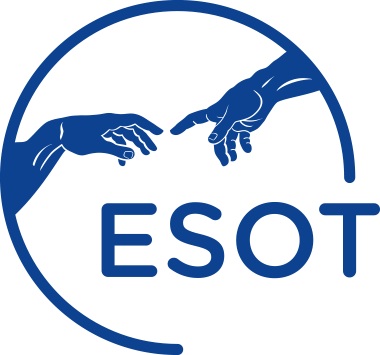- Transplantation Proceedings. 2005 Oct; 37(8):3288-9.
- Abstract
- Pubmed Link
INTRODUCTION: Acute rejection episodes still occur in spite of modern immunosuppressive protocols. We present seven patients with biopsy-proven acute rejections after kidney transplantation refractory to repeated pulses of high-dose steroids and antithymocyte globulin (ATG) or OKT-3, but responsive to photopheresis therapy. METHODS: Photopheresis is a nontoxic immunomodulatory, apheresis-based treatment with no general immunosuppressive action. Rather, it suppresses specific pathogenic T-cell clones. During photopheresis mononuclear leukocytes are collected from the patient using centrifugation technique, treated with a photosensitizing agent, irradiated, and subsequently retransfused. RESULTS: All patients tolerated the treatment well, with no notable side effects. At the 12-month follow-up the median creatinine had decreased to 161 mumol/L compared to 282 mumol/L at the start of photopheresis and at the last follow-up 12 to 43 months after transplantation all patients still had functioning grafts. In five of the seven cases there had been a significant improvement in renal function, whereas in two of the patients the renal function remained stable but without a decrease in creatinine. CONCLUSIONS: It is our experience that the prognosis for renal allografts with acute rejection unresponsive to conventional antirejection treatment (ie, repeated pulses of methylprednisolone and ATG or OKT-3) is very poor. Therefore, we conclude that the photopheresis treatment contributed to the favorable outcome in this small group of patients. We are presently designing a prospective randomized study to further evaluate the effect of photopheresis after renal transplantation.
BACKGROUND:
There is no standard definition for “HLA incompatible” transplants. For the first time, we systematically assessed how HLA incompatibility was defined in contemporary peer-reviewed publications and its prognostic implication to transplant outcomes.
METHODS:
We combined 2 independent searches of MEDLINE, EMBASE, and the Cochrane Library from 2015 to 2019. Content-expert reviewers screened for original research on outcomes of HLA-incompatible transplants (defined as allele or molecular mismatch and solid-phase or cell-based assays). We ascertained the completeness of reporting on a predefined set of variables assessing HLA incompatibility, therapies, and outcomes. Given significant heterogeneity, we conducted narrative synthesis and assessed risk of bias in studies examining the association between death-censored graft failure and HLA incompatibility.
RESULTS:
Of 6656 screened articles, 163 evaluated transplant outcomes by HLA incompatibility. Most articles reported on cytotoxic/flow T-cell crossmatches (n = 98). Molecular genotypes were reported for selected loci at the allele-group level. Sixteen articles reported on epitope compatibility. Pretransplant donor-specific HLA antibodies were often considered (n = 143); yet there was heterogeneity in sample handling, assay procedure, and incomplete reporting on donor-specific HLA antibodies assignment. Induction (n = 129) and maintenance immunosuppression (n = 140) were frequently mentioned but less so rejection treatment (n = 72) and desensitization (n = 70). Studies assessing death-censored graft failure risk by HLA incompatibility were vulnerable to bias in the participant, predictor, and analysis domains.
CONCLUSIONS:
Optimization of transplant outcomes and personalized care depends on accurate HLA compatibility assessment. Reporting on a standard set of variables will help assess generalizability of research, allow knowledge synthesis, and facilitate international collaboration in clinical trials.


